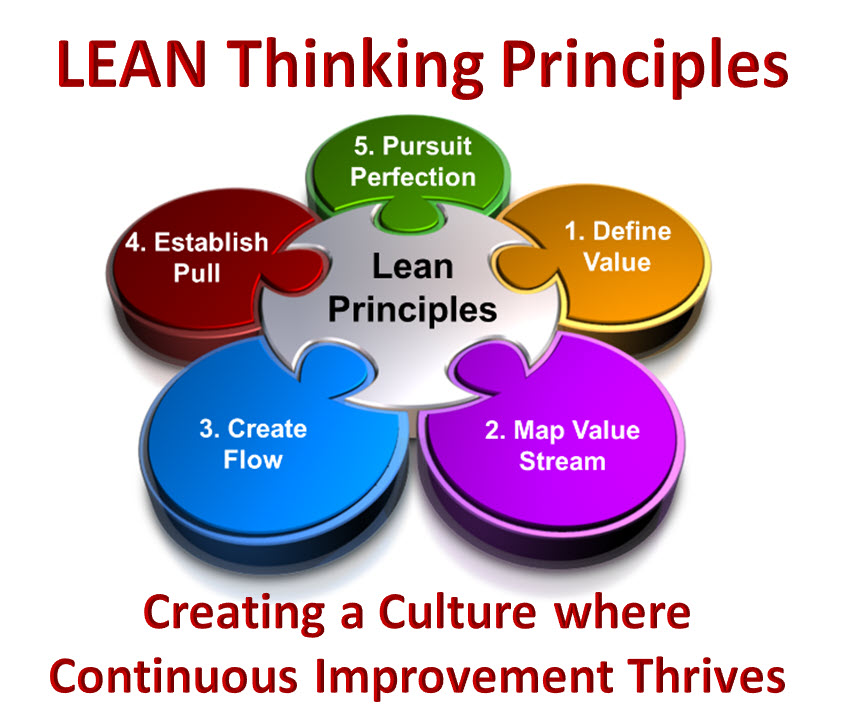
Kaizen - Culture of Continuous Improvement and Lean Thinking
Last updated: October 20, 2025 Read in fullscreen view
- 02 Nov 2023
 Unlocking Success with The Amoeba Management Model: Key Lessons, Pros & Cons, and Finding the Perfect Fit 160/687
Unlocking Success with The Amoeba Management Model: Key Lessons, Pros & Cons, and Finding the Perfect Fit 160/687 - 10 Nov 2021
 5S methodology - the SECRET to Japanese SUCCESS 134/1726
5S methodology - the SECRET to Japanese SUCCESS 134/1726 - 09 Sep 2022
 Kaizen, Kaikaku and Kakushin – what’s the difference? 82/2897
Kaizen, Kaikaku and Kakushin – what’s the difference? 82/2897 - 24 Nov 2022
 Genba Genbutsu Genjitsu (3Gs), (Go to the Genba & see for yourself!) 69/2904
Genba Genbutsu Genjitsu (3Gs), (Go to the Genba & see for yourself!) 69/2904 - 01 Dec 2023
 What is Amoeba Management? 59/897
What is Amoeba Management? 59/897 - 01 Apr 2022
 Ishikawa (fishbone) diagram in software project management 37/3034
Ishikawa (fishbone) diagram in software project management 37/3034 - 10 Apr 2022
 Agile self-organizing teams: What are they? How do they work? 28/435
Agile self-organizing teams: What are they? How do they work? 28/435 - 21 May 2022
 "Fail Fast, Fail Often, Fail Forward" is the answer to Agile practices of software success 18/941
"Fail Fast, Fail Often, Fail Forward" is the answer to Agile practices of software success 18/941 - 15 Apr 2022
 Total Quality Management (TQM) - Japanese-style management approach to quality improvement. 17/628
Total Quality Management (TQM) - Japanese-style management approach to quality improvement. 17/628 - 17 Mar 2023
 Reduce waste in software development with 3M model: Muda, Mura, Muri 17/860
Reduce waste in software development with 3M model: Muda, Mura, Muri 17/860 - 04 Mar 2024
 Tree Ring Management: Take the Long Term View and Grow Your Business Slowly 15/374
Tree Ring Management: Take the Long Term View and Grow Your Business Slowly 15/374 - 03 Jan 2024
 What is the Ringi process? 12/876
What is the Ringi process? 12/876 - 13 Jul 2022
 Applying the business mantra "HORENSO" to Achieve 360-degree Communication 12/813
Applying the business mantra "HORENSO" to Achieve 360-degree Communication 12/813 - 09 Sep 2022
 What is 5 Whys (Five Whys)? 12/861
What is 5 Whys (Five Whys)? 12/861 - 02 Feb 2022
 Yokoten: Best Practice Sharing from a success 12/1284
Yokoten: Best Practice Sharing from a success 12/1284 - 01 Mar 2022
 The Toyota Way Management Principles 10/682
The Toyota Way Management Principles 10/682 - 12 Dec 2024
 Danshari: A Japanese Minimalist Philosophy for Cleaner Code and Leaner IT Operations 10/22
Danshari: A Japanese Minimalist Philosophy for Cleaner Code and Leaner IT Operations 10/22 - 12 Oct 2022
 14 Common Reasons Software Projects Fail (And How To Avoid Them) 10/504
14 Common Reasons Software Projects Fail (And How To Avoid Them) 10/504 - 29 Aug 2022
 Difference between Kaizen and Innovation 9/793
Difference between Kaizen and Innovation 9/793 - 15 Jul 2022
 Hansei Methodology: Continuously Engaging People in Improvement 8/646
Hansei Methodology: Continuously Engaging People in Improvement 8/646 - 20 Jan 2022
 TIGO Self-Organization Practice: Change Management Workflow 6/430
TIGO Self-Organization Practice: Change Management Workflow 6/430 - 13 Oct 2021
 Outsourcing Software Development: MVP, Proof of Concept (POC) and Prototyping. Which is better? 6/424
Outsourcing Software Development: MVP, Proof of Concept (POC) and Prototyping. Which is better? 6/424 - 28 Jul 2022
 POC, Prototypes, Pilots and MVP: What Are the Differences? 6/606
POC, Prototypes, Pilots and MVP: What Are the Differences? 6/606 - 19 Sep 2022
 Jidoka in Software Development and Odoo ERP/MRP 5/466
Jidoka in Software Development and Odoo ERP/MRP 5/466 - 07 Oct 2025
 Case Study: Using the “Messaging House” Framework to Build a Digital Transformation Roadmap 5/45
Case Study: Using the “Messaging House” Framework to Build a Digital Transformation Roadmap 5/45 - 05 Mar 2021
 How do you minimize risks when you outsource software development? 5/317
How do you minimize risks when you outsource software development? 5/317 - 20 Nov 2022
 Agile working method in software and football 5/323
Agile working method in software and football 5/323 - 31 Aug 2022
 What are the best practices for software contract negotiations? 5/215
What are the best practices for software contract negotiations? 5/215 - 16 Jun 2022
 Rapid Application Development (RAD): Pros and Cons 5/800
Rapid Application Development (RAD): Pros and Cons 5/800 - 12 Dec 2021
 Zero Sum Games Agile vs. Waterfall Project Management Methods 4/374
Zero Sum Games Agile vs. Waterfall Project Management Methods 4/374 - 01 Jan 2024
 The pros and cons of the Centralized Enterprise Automation Operating model 4/165
The pros and cons of the Centralized Enterprise Automation Operating model 4/165 - 04 Oct 2022
 Which ERP implementation strategy is right for your business? 4/278
Which ERP implementation strategy is right for your business? 4/278 - 06 Jun 2022
 HEIJUNKA: The art of leveling production 4/481
HEIJUNKA: The art of leveling production 4/481 - 01 Dec 2023
 Laws of Project Management 3/249
Laws of Project Management 3/249 - 05 Sep 2023
 The Cold Start Problem: How to Start and Scale Network Effects 3/167
The Cold Start Problem: How to Start and Scale Network Effects 3/167 - 18 Jul 2021
 How To Ramp Up An Offshore Software Development Team Quickly 3/516
How To Ramp Up An Offshore Software Development Team Quickly 3/516 - 20 Jan 2021
 Fail early, fail often, fail cheap, fail safe but always fail forward 3/688
Fail early, fail often, fail cheap, fail safe but always fail forward 3/688 - 17 Jun 2021
 What is IT-business alignment? 2/343
What is IT-business alignment? 2/343 - 11 Nov 2021
 What is an IT Self-service Portal? Why is it Important to Your Business? 2/364
What is an IT Self-service Portal? Why is it Important to Your Business? 2/364 - 04 Oct 2021
 Product Validation: The Key to Developing the Best Product Possible 2/295
Product Validation: The Key to Developing the Best Product Possible 2/295 - 12 Oct 2020
 The Agile Manifesto - Principle #8 2/447
The Agile Manifesto - Principle #8 2/447 - 07 Oct 2020
 How To Manage Expectations at Work (and Why It's Important) 2/266
How To Manage Expectations at Work (and Why It's Important) 2/266 - 02 Nov 2021
 [Case Study] Streamlined Data Reporting using Tableau 2/276
[Case Study] Streamlined Data Reporting using Tableau 2/276 - 28 Oct 2022
 Build Operate Transfer (B.O.T) Model in Software Outsourcing 2/361
Build Operate Transfer (B.O.T) Model in Software Outsourcing 2/361 - 02 Dec 2022
 Success Story: Satsuki - Sales Management Software, back office app for School Subscription Management 2/219
Success Story: Satsuki - Sales Management Software, back office app for School Subscription Management 2/219 - 03 Jul 2022
 Manifesto for Agile Software Development 2/240
Manifesto for Agile Software Development 2/240 - 01 May 2024
 Warren Buffett’s Golden Rule for Digital Transformation: Avoiding Tech Overload 2/188
Warren Buffett’s Golden Rule for Digital Transformation: Avoiding Tech Overload 2/188 - 07 Mar 2023
 Japan’s Unusual Farming Strategy: Renting Land and Leaving It Fallow for 5 Years — Here’s the Truth… 2/31
Japan’s Unusual Farming Strategy: Renting Land and Leaving It Fallow for 5 Years — Here’s the Truth… 2/31 - 01 Jan 2023
 How To Use Poka-Yoke (Mistake Proofing) Technique To Improve Software Quality 2/589
How To Use Poka-Yoke (Mistake Proofing) Technique To Improve Software Quality 2/589 - 12 Aug 2024
 Understanding Google Analytics in Mumbai: A Beginner's Guide 1/84
Understanding Google Analytics in Mumbai: A Beginner's Guide 1/84 - 03 Apr 2021
 How digital asset management streamlines your content workflow? 1/312
How digital asset management streamlines your content workflow? 1/312 - 13 Feb 2021
 Why is TIGOSOFT a software house for Enterprise Application Development? 1/336
Why is TIGOSOFT a software house for Enterprise Application Development? 1/336 - 21 Jun 2021
 6 Useful Tips To Streamline Business Processes and Workflows /515
6 Useful Tips To Streamline Business Processes and Workflows /515 - 19 Oct 2021
 Software development life cycles /628
Software development life cycles /628 - 27 Oct 2020
 8 principles of Agile Testing /1196
8 principles of Agile Testing /1196 - 09 Oct 2022
 Key Advantages and Disadvantages of Agile Methodology /666
Key Advantages and Disadvantages of Agile Methodology /666 - 10 Oct 2022
 Should Your Business Go Agile? (Infographic) /108
Should Your Business Go Agile? (Infographic) /108 - 21 Oct 2022
 Virtual meeting - How does TIGO save cost, reduce complexity and improve quality by remote communication? /166
Virtual meeting - How does TIGO save cost, reduce complexity and improve quality by remote communication? /166 - 02 Nov 2022
 Frequently Asked Questions about Agile and Scrum /372
Frequently Asked Questions about Agile and Scrum /372 - 03 Sep 2022
 The secret of software success: Simplicity is the ultimate sophistication /186
The secret of software success: Simplicity is the ultimate sophistication /186 - 16 Jul 2022
 What are disadvantages of Agile Methodology? How to mitigate the disadvantages ? /353
What are disadvantages of Agile Methodology? How to mitigate the disadvantages ? /353 - 01 Jun 2020
 Japan Business Review (JBR) /277
Japan Business Review (JBR) /277 - 01 Jun 2022
 How Your Agile Development Team is Just Like a Football Team? /206
How Your Agile Development Team is Just Like a Football Team? /206 - 06 Mar 2024
 [SemRush] What Are LSI Keywords & Why They Don‘t Matter /131
[SemRush] What Are LSI Keywords & Why They Don‘t Matter /131 - 01 Dec 2022
 Difference between Set-based development and Point-based development /298
Difference between Set-based development and Point-based development /298 - 12 Mar 2022
 The u-Japan concept /234
The u-Japan concept /234 - 28 Nov 2023
 Scrum Team Failure — Scrum Anti-Patterns Taxonomy (3) /228
Scrum Team Failure — Scrum Anti-Patterns Taxonomy (3) /228 - 01 Mar 2022
 Why Does Scrum Fail in Large Companies? /243
Why Does Scrum Fail in Large Companies? /243 - 06 Nov 2023
 How do you streamline requirement analysis and modeling? /184
How do you streamline requirement analysis and modeling? /184
KAIZEN - RAPID IMPROVEMENT PROCESSES
Kaizen, or rapid improvement processes, often is considered to be the "building block" of all lean production methods. Kaizen focuses on eliminating waste, improving productivity, and achieving sustained continual improvement in targeted activities and processes of an organization.
Read on: Lean software development - the game-changer in the digital age
Lean production is founded on the idea of kaizen – or continual improvement. This philosophy implies that small, incremental changes routinely applied and sustained over a long period result in significant improvements. The kaizen strategy aims to involve workers from multiple functions and levels in the organization in working together to address a problem or improve a process. The team uses analytical techniques, such as value stream mapping and "the 5 whys", to identify opportunities quickly to eliminate waste in a targeted process or production area. The team works to implement chosen improvements rapidly (often within 72 hours of initiating the kaizen event), typically focusing on solutions that do not involve large capital outlays.
Also Read: Kaizen and DMAIC: What's the differences?
The 5 whys technique
Click on each picture to learn more about the 5 Whys
KAIZEN TYPES
KAIZEN PDCA
1981 Japanese PDCA Cycle - Plan, Do, Check, Act
In 1985 the Japanese PDCA Cycle was revised, utilizing additions from Kaoru Ishikawa.
The Japanese PDCA cycle was changed to include other things within the Plan, Do, Check, Act steps:
- Plan: Now divided into two steps - define goals and targets as wells as decide on ways to reach the end goal.
- Do: Now divided into two steps - participate in education and training as well as implement the plan.
- Check: Analyze the results to verify whether or not the plan has had the intended effect.
- Act: If the results of the cycle were not satisfactory go back to plan. If the results were satisfactory, standardize the solution.
The PDCA cycle functions a bit like the scientific method with people testing out hypotheses to see what works and then developing new procedures based on outcomes.
A key thing to remember is that these cycles are ongoing. Standards are important to have, but they aren't set in stone. Workplaces are dynamic and business conditions change, so standards must change, too.
Shewhart Cycle
In 1986, Deming revealed a modified Shewhart cycle. He confirmed that it was a revised version of the original 1950s version.
The new cyclical steps were:
- "What could be the team's most important accomplishments? What changes might be desirable? What data are available? Are new observations needed? If yes, plan a change or test. Decide how to use the observations.
- Carry out the change or test decided upon, preferably on a small scale.
- Observe the effects of the change or test.
- Study the results. What did we learn? What can we predict?
- Repeat step one, with knowledge accumulated.
- Repeat step two, and onward.
10 principles of Kaizen
Because executing Kaizen requires enabling the right mindset throughout a company, 10 principles that address the Kaizen mindset are commonly referenced as core to the philosophy. They are:
- Let go of assumptions.
- Be proactive about solving problems.
- Don't accept the status quo.
- Let go of perfectionism and take an attitude of iterative, adaptive change.
- Look for solutions as you find mistakes.
- Create an environment in which everyone feels empowered to contribute.
- Don't accept the obvious issue; instead, ask "why" five times to get to the root cause.
- Cull information and opinions from multiple people.
- Use creativity to find low-cost, small improvements.
- Never stop improving.
THE DUAL NATURE OF THE KAIZEN SYSTEM
Kaizen is part action plan and part philosophy.
- As an action plan, Kaizen is about organizing events focused on improving specific areas within the company. These events involve teams of employees at all levels, with an especially strong emphasis on involving plant floor employees.
- As a philosophy, Kaizen is about building a culture where all employees are actively engaged in suggesting and implementing improvements to the company. In truly lean companies, it becomes a natural way of thinking for both managers and plant floor employees.
Kaizen works hand-in-hand with Standardized Work. Standardized Work captures the current best practices for a process, and Kaizen aims to find improvements for those processes. Note the emphasis on current; Standardized Work is living documentation (it continually evolves through Kaizen).
KAIZEN EVENTS
A typical Kaizen event has a process that goes something like this:
- Set goals and provide any necessary background.
- Review the current state and develop a plan for improvements.
- Implement improvements.
- Review and fix what doesn’t work.
- Report results and determine any follow-up items.
This type of Kaizen process cycle is frequently referred to as PDCA (Plan, Do, Check, and Act). PDCA brings a scientific approach to making improvements:
- Plan: develop a hypothesis
- Do: run experiment
- Check: evaluate results
- Act: refine your experiment; then start a new cycle
IN SUMMARY
Kaizen can dramatically improve the efficiency and standardization of your company’s workflows, processes, and procedures. Kaizen can make a significant impact on employee engagement and culture, as well as workflow improvements. Kaizen is a way to transform the way your business works if everyone in it is committed to making positive changes at all levels of the company.
Interestingly, Kaizen as an action plan is exactly what develops Kaizen as a philosophy. When Kaizen is applied as an action plan through a consistent and sustained program of successful Kaizen events, it teaches employees to think differently about their work. In other words, consistently applying Kaizen as an action plan creates tremendous long-term value by developing the culture that is needed for truly effective continuous improvement.









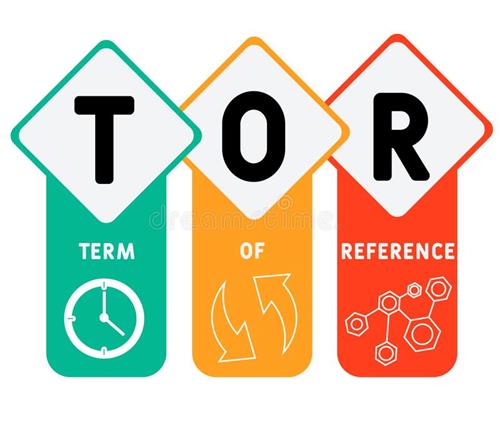
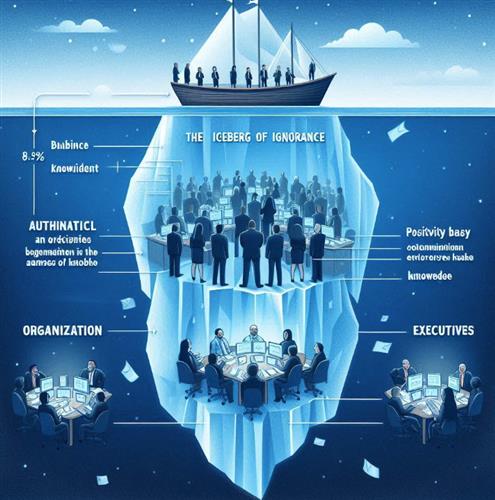

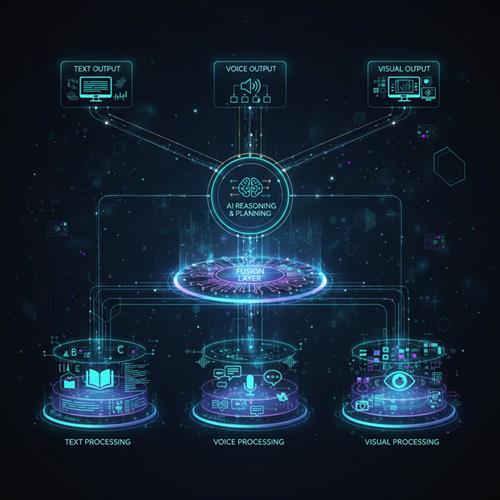
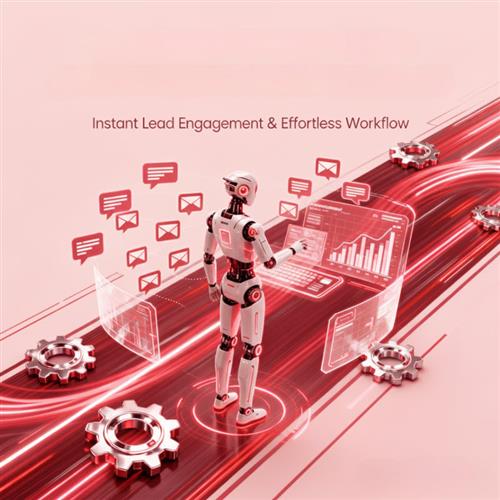

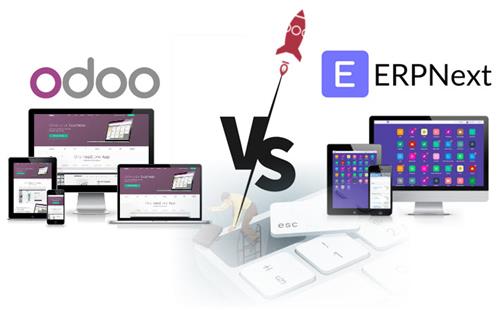


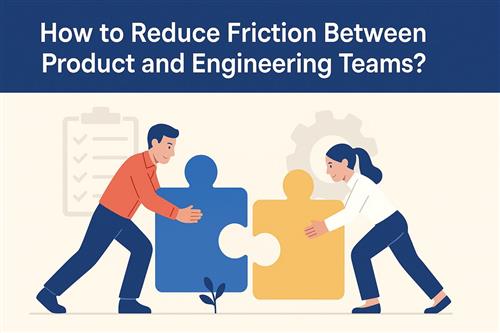

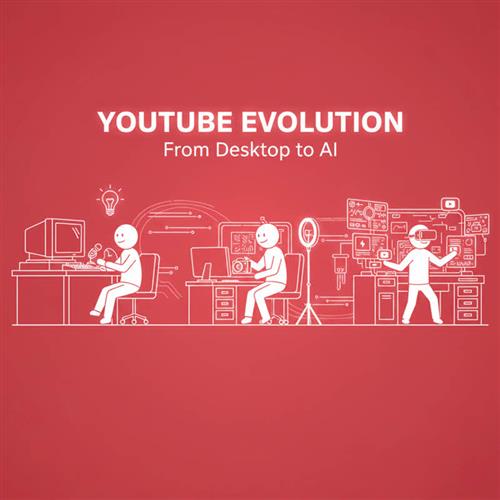
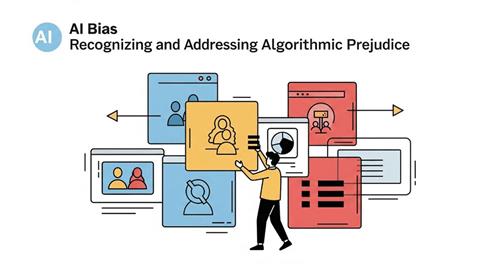
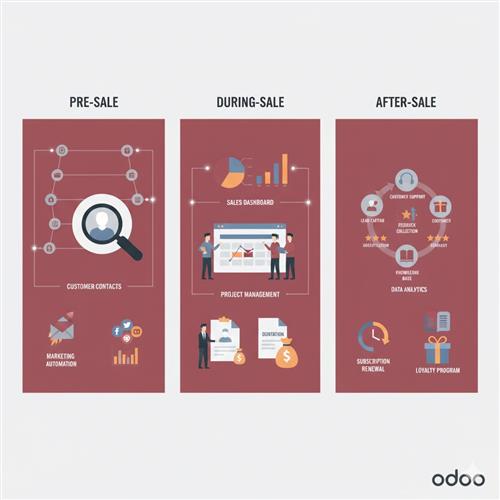
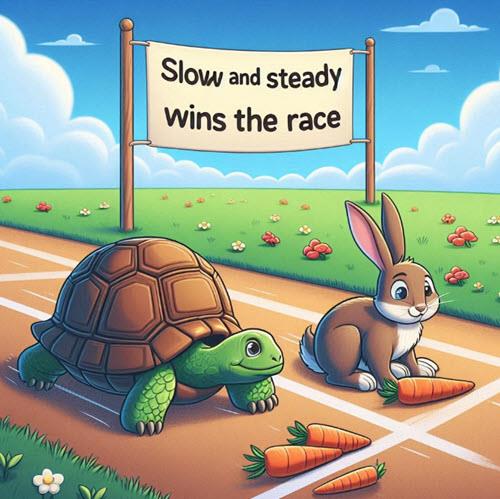

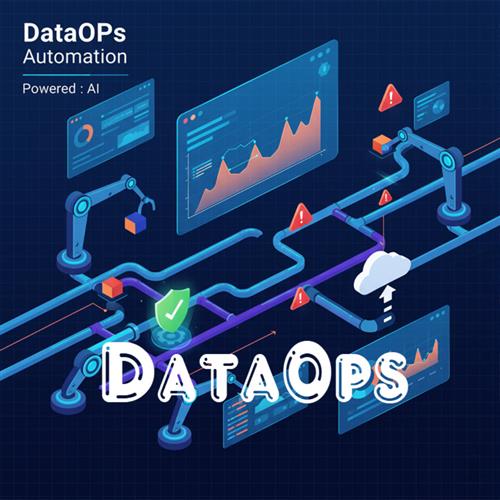









 Link copied!
Link copied!